SinceSince the moon landing in 1969, humanity has never stopped chasing the stars. What has changed, however, is the means of achieving this. Rockets have evolved enormously since Apollo 11, innovation is the key word, and in recent years, additive manufacturing has appeared on the market. We’re seeing more and more 3D printed rockets, whether in development or already launched into space. In the randomly ordered list below, we take a look at some of the most exciting projects, from fully 3D printed rockets to engines and other parts made and optimized using 3D technology.
Cosmos – Agniban angle
Agnibaan is one of the latest 3D printed rocket projects. It comes directly from Agnikul Cosmos, an Indian aerospace equipment manufacturer which believes that going into space should be within everyone’s reach. This is why the company turned to 3D printing. According to the company, Agnibaan (meaning “rocket” in Sanskrit) is the world’s first rocket to feature a single-piece 3D printed engine, although Agnikul has not yet announced what technologies were used in the project. The successful launch of Agnibaan on May 30 at 7:15 am marked a big step forward for additive manufacturing in the Indian aerospace industry.


Photo credit:I am not in the Cosmos
issuerE-2 rocket engine
Launcher is a company founded in 2017 that works with the US Space Force, US Air Force and NASA to develop high-performance rockets and orbital transfer vehicles. Cutting-edge liquid propulsion technology combined with the use of 3D printing has given rise to the E-2 liquid propellant rocket engine. It is a closed internal combustion engine with a combustion chamber made of copper, chromium and zirconium alloys to reduce costs and dependence on the supply chain. Therefore, Launcher is the first company in the launcher space to use 3D printed copper alloys to create rocket engine combustion chambers. Additionally, the latter has integrated cooling channels designed to increase thermal efficiency. Together with AMCM, Launcher developed the AMCM M 4K 3D printer, which was then used to print the combustion chamber. The E-2 engine’s coaxial injectors were produced on Velo3D’s Sapphire 3D printer. In April 2022, the 3D-printed E-2 engine reached maximum thrust during testing at NASA’s Stennis Space Center, and Launcher subsequently announced that the test had been successfully completed.


Photo credit: Launcher
The ArianeGroup rocket is partially manufactured using 3D printing technology
Ariane Group is a joint venture between Airbus Group and Safran Group. ArianaNo. 6 is the last European heavy launcher produced by the Ariane group. It was successfully launched for the first time in July 2024. Ariane 6 has a flexible structure and can carry very large loads. ArianeGroup uses industrial 3D printing to manufacture Ariane 6. As a result, many engine components are additively manufactured, which reduces costs and minimizes production cycles. The combustion chamber is designed and manufactured in Germany. The liner envelope is printed for example by cold spraying and the integrated injection head is printed by laser sintering. The injection head and all its components are manufactured by EOS.
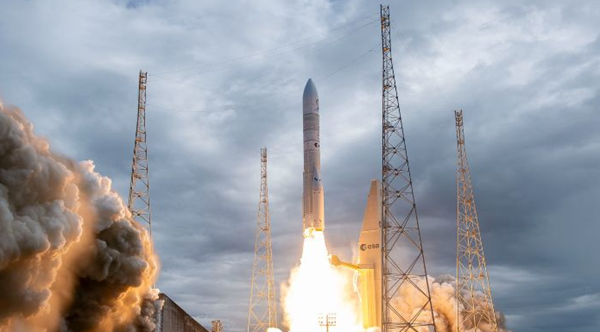

Image source:Ariane Group
Skyroot Aerospace and its 3D printed engine
Indian companySkyroot Aerospace was founded in 2018 with the goal of opening space to everyone by providing fast, precise and affordable space launch vehicles. She has developed different models under the Vikram series. But we are particularly interested in the engines of these rockets. It’s called Dhawan and it’s a 3D printed part. It is a cryogenic engine that uses liquefied natural gas and liquid oxygen. Both thrusters require temperatures below -150°C for storage and operation. Dhawan-I and the second version chose metal additive manufacturing. Both engines were successfully tested. The Dhawan-II engine is expected to be installed on the Vikram-II rocket, which is expected to take off by the end of this year.
the Great Bear3D printed Hadley engine
Ursa Major is another American startup gaining attention for its work on 3D printed rockets. In March 2024, the company announced that its partially 3D printed Hadley engine had successfully completed its first flight, reaching speeds close to Mach 5. Although it is unclear what technology and materials were used to build the Hadley engine, we know that 3D printing played a major role and that it was likely made from copper, probably by laser due to the company’s previous work with EOS. Manufactured by powder bed fusion. .
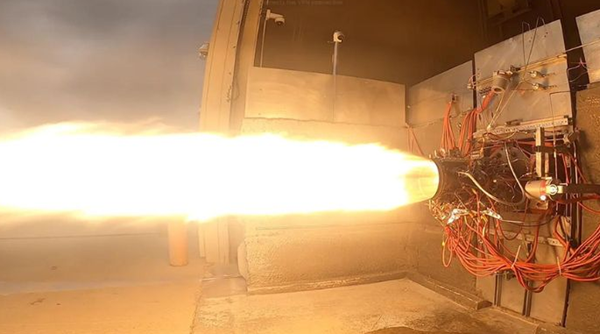

Thermal testing of the Hadley engine (Image source:The Great Bear)
NASA Explosive Rocket Engine (RDRE)
NASA continues to set new benchmarks in propulsion technology. She therefore uses3D printing produced the first large-scale rotary explosive rocket engine (RDRE). In the future, this engine could redefine propulsion system design. RDRE uses an advanced propulsion concept to generate thrust through the supersonic combustion phenomenon. This allows for higher power while consuming less fuel. The engine is manufactured by laser powder bed fusion, using a GRCop-42 copper alloy developed by NASA, which allows the engine to operate in extreme conditions for extended periods. In fall 2023, NASA conducted a series of tests at the Marshall Space Flight Center to test whether the engine could withstand extreme temperatures and typical requirements, such as integrating a lambda detector. These tests are conclusive so that RDRE has the necessary potential to support future missions to the Moon or Mars.
EOS and Hyperganic print Aerospike rocket engines
In 2022, EOS and Hyperganic announced that they had successfully manufactured an Aerospike rocket engine with a particularly complex design using artificial intelligence and 3D printing. Hyperganic is a German company founded in 2015 that uses its algorithmic design software to successfully recreate nature-inspired designs. Aerospike rocket engines are therefore distinguished by their remarkable and extremely complex design. First, the motor was 3D printed from nickel alloy using an EOS M 400-4 machine and NickelAlloy IN718 alloy. Second, the motor is made of copper on a larger scale.
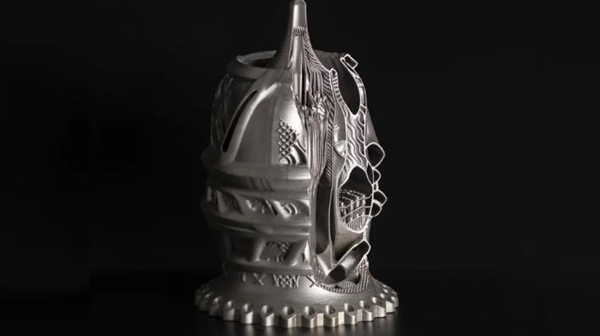

Photo credit:EOS
AI and 3D printing of the TKL-5 liquid propellant rocket engine
Using computer engineering and additive manufacturing, based in DubaiThe LEAP 71 company has made significant advances in space technology. In fact, the company developed the rocket engine using artificial intelligence-based Noyron software. The objective of the project is to demonstrate the capabilities of the software, allowing the design and production of the TKL-5 rocket engine in a completely digital manner, without human intervention. Thanks to artificial intelligence algorithms, the entire engine production can be optimized in just two weeks without the need for CAD design. The motor is produced by AMCM on an EOS M290 copper 3D printer and combined with active cooling to achieve a high performance motor. Post-processing was then carried out by the Space Race team at the University of Sheffield and the engine was successfully tested at the onboard engineering site. There it achieved a thrust of 20,000 horsepower, making it ideal for use in orbital rockets.
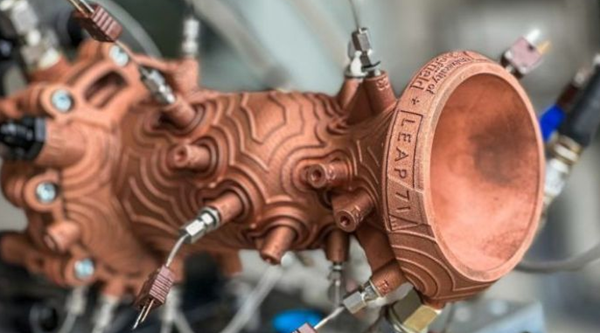

Photo credit:JUMP 71
Orbex Prime Rocket
British Aerospace CompanyOrbex has developed Orbex Prime, a high-performance, low-carbon rocket. The rocket was manufactured using the SLM800 metal 3D printer from Nikon SLM Solutions. Prime is powered by biopropane, a 100% renewable fuel, which reduces CO2 emissions by 90%. Additionally, the rocket can be reused thanks to the design of the recovery system, which is also programmed to leave no debris in Earth orbit. Prime will make its public debut in the UK in 2022.
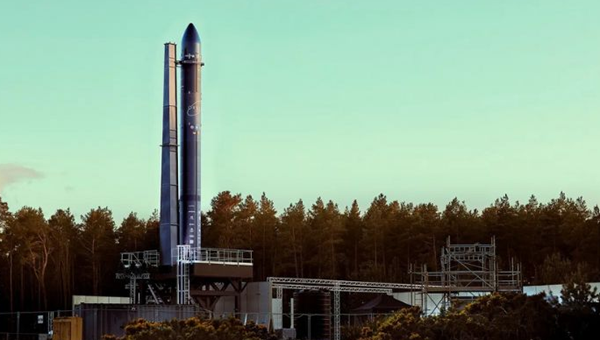

Photo credit:Orbex
Depend onTerran 1 and Terran R rockets 3D printed by Relativity Space
Who hasn’t heard of relativistic space until now? The Californian company hasIt has quickly gained fame since its establishment in 2015 and is committed to achieving the goal of manufacturing fully 3D printed rockets. She’s almost there! The company’s first rocket, Terran 1, was successfully launched in March 2023 but failed to reach orbit. The rocket is almost entirely 3D printed using DED technology and laser powder bed fusion. At the time of its launch, it was the tallest 3D printed metal structure ever built. Work continues on the company’s Terran R, which is expected to be 90% 3D printed and capable of carrying 20 times the payload of its predecessor. Terran R will begin launch from Launch Complex 16 at the Cape Canaveral Space Station in 2026, flying directly into the future of space exploration.
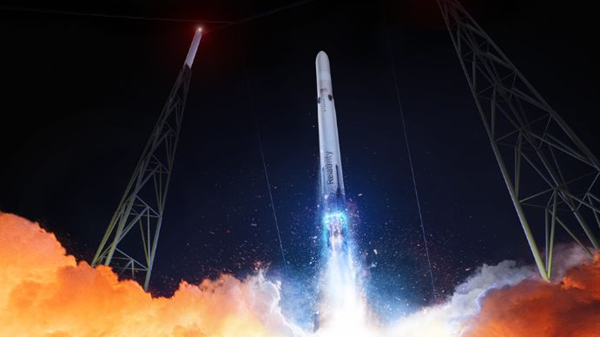

Photo credit: Espace Relativiste
Navier, French additive manufacturing engine
Latitude (formerly Venture Orbital Systems) is a French startup specializing in the design of micro-transmitters. Its first model is the Zephyr which measures 19 meters long and 1.5 m in diameter. It is equipped with an engine made by metal 3D printing, in particular by laser powder bed fusion. Called Navier, it measures 45 centimeters high, weighs 30 kilograms and has a thrust of 1.2 tonnes. It is manufactured in Inconel 718 on an SLM 500 machine in just a few days. At the start of 2023, Latitude succeeded in dismissing Navier, which constitutes a major step forward for the Reims startup.
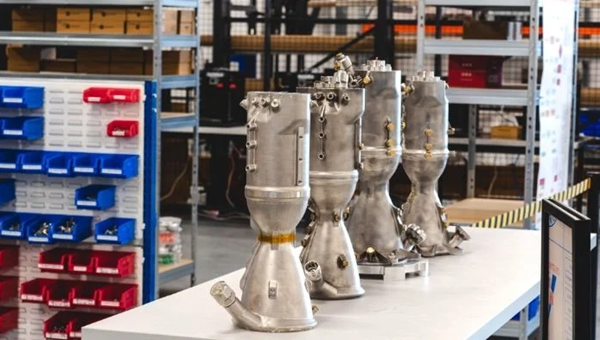

Photo credit: Latitude
Rocket Lab Rutherford Engine
Californian startupsRocket Lab is a private aerospace company that developed the world’s first battery-powered rocket, the Electron rocket, which successfully completed its first launch in 2017 using a 3D printed Rutherford engine. Named after New Zealand scientist Ernest Rutherford, its 3D printed components include a thrust chamber, two pumps, injectors and a main fuel valve. In the first flight, Rocket Lab took advantage of a ten-day launch window to launch the rocket from New Zealand’s Mahia Peninsula. The second flight took place in 2018 and was an orbital spaceflight. Subsequently, the company decided to engage in commercial exploitation. Using additive manufacturing to produce the Rutherford engine saves time and weight.


Photo credit: Rocket Lab
3D printed combustion chamber
OPUS Aerospace is another French company specializing in the design of launchers and spacecraft. It has developed two different transmitters: Mesange and Sterne. The first was in reality a demonstrator shot dead by the young Frenchman. Messanger will indeed be a test and will open the way for Stern. In both cases, the launcher integrates the Torgos engine, whose combustion chamber is 3D printed in metal in one go. The launch of Mesange is planned from Guyana in 2024, so it will be possible to complete the Sterne launcher.
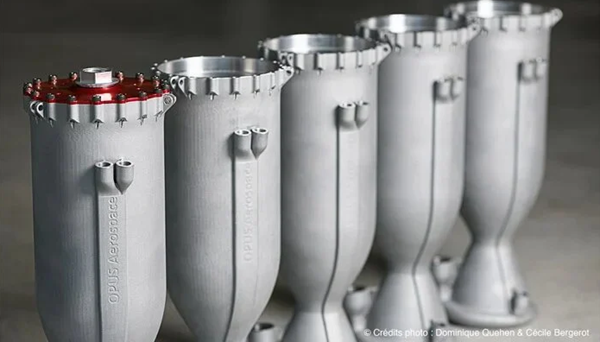

Image source:Dominique Quehen和Cécile Bergerot
Stoke Aerospace prints combustion chambers for reusable rockets
Stoke Aerospace Corporation of the United States is adoptedNOVA provides fully reusable rockets for everyday spaceflight. To achieve this, the company is also relying on 3D printing. Stoke Space prints copper combustion chambers, both to produce them quickly and to enable their reuse. Indeed, the copper alloy of the combustion chamber is particularly conductive and therefore reusable. The combustion chamber has curved distribution tubes and internal chambers through regenerative cooling channels. However, additive manufacturing allows such complex designs to be made.
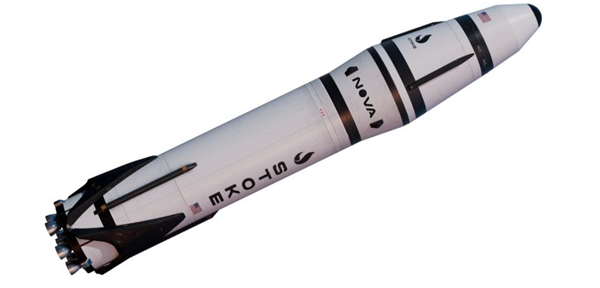

Image source: Espace Stoke
source:3dnatives
Daguang focuses on providing solutions such as precision CNC machining services (3-axis, 4-axis, 5-axis machining), CNC milling, 3D printing and rapid prototyping services.

















